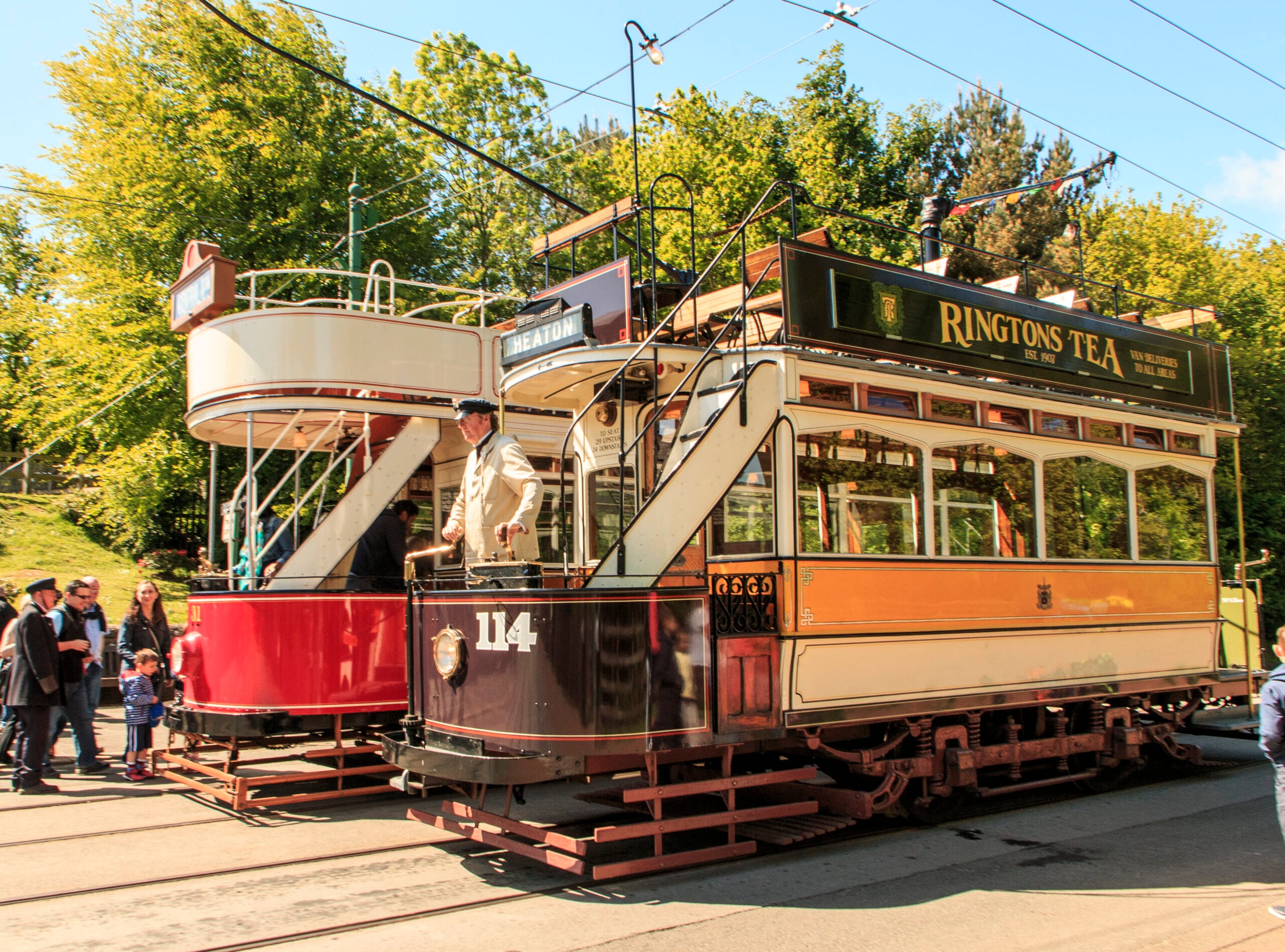
The Bicton Woodland Railway, nestled within the picturesque Bicton Park Botanical Gardens in Devon, England, is a unique narrow-gauge railway with a rich and evolving history. Established in 1962, the railway was conceived as a tourist attraction to enhance the visitor experience at Bicton House and its surrounding gardens.
The initial construction was a feat of ingenuity by the estate staff, who were tasked with building a functioning railway—including a station and engine shed—before the gardens reopened at Easter the following year. The first section of track was laid in May 1962, and by August, the line through the Pinetum was completed. The railway officially opened to passengers in 1963, offering a scenic ride through the estate’s majestic trees and landscaped grounds.
The line was built to an unusual 18-inch (457 mm) gauge, chosen after acquiring locomotives and rolling stock from the Royal Arsenal Railway in Woolwich. Among the original locomotives were Woolwich and Carnegie, both of which had served in military and industrial roles before being repurposed for leisure use at Bicton. The wagons, originally used to transport explosives, had their wooden components burned due to safety regulations. Estate carpenters then rebuilt them into passenger carriages using the surviving frames.
In 1976, the railway was extended to reach the Hermitage summerhouse, increasing its total length to approximately 1.5 miles (2.4 km) and offering a 25-minute round trip through the gardens. For nearly four decades, the railway relied on veteran locomotives, including Woolwich, which had been built during World War I. The steep gradients of the park—some as sharp as 1 in 30—required powerful engines, making the robust 11-tonne steam locomotive an ideal choice.
However, the late 1990s brought significant changes. In 1998, Bicton Gardens were put up for sale, and the railway was temporarily placed in hiatus. The original rolling stock was sold, with Woolwich and Carnegie eventually finding new homes at the Statfold Barn Railway and Waltham Abbey Royal Gunpowder Mills, respectively.
In 2000, the railway was revitalized with the arrival of a custom-built diesel-powered replica tank engine named Sir Walter Raleigh, honoring the famed explorer born near Bicton. Manufactured by Alan Keef, this 5.5-tonne locomotive was designed with a steam-outline aesthetic to preserve the traditional charm of the railway while offering modern efficiency. It now hauls up to four roofed 24-seater coaches, ensuring comfort for passengers in all weather conditions.
Today, the Bicton Woodland Railway remains one of only two 18-inch gauge leisure lines in the UK. It continues to delight visitors with its blend of historical significance, scenic beauty, and engineering heritage. The railway not only serves as a mode of transport around the gardens but also stands as a testament to the estate’s commitment to preserving and celebrating British railway tradition.
This history was generated using AI and incorporates information from publicly available sources including Wikipedia, Bicton Park Botanical Gardens, and Narrow Gauge Heaven.